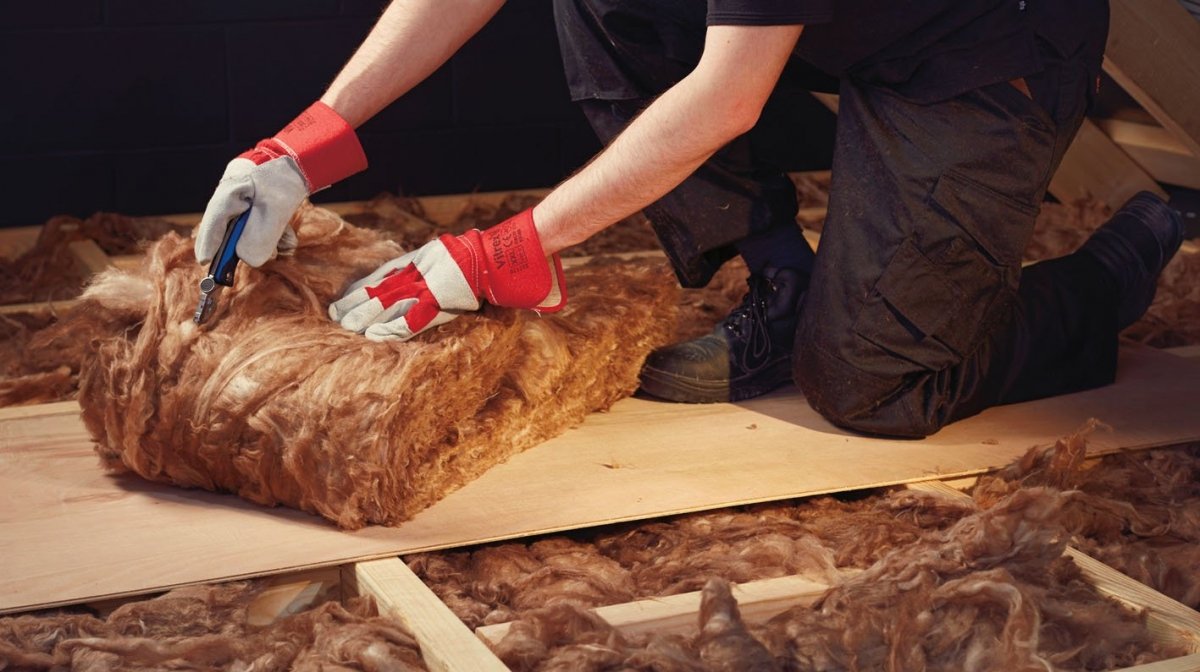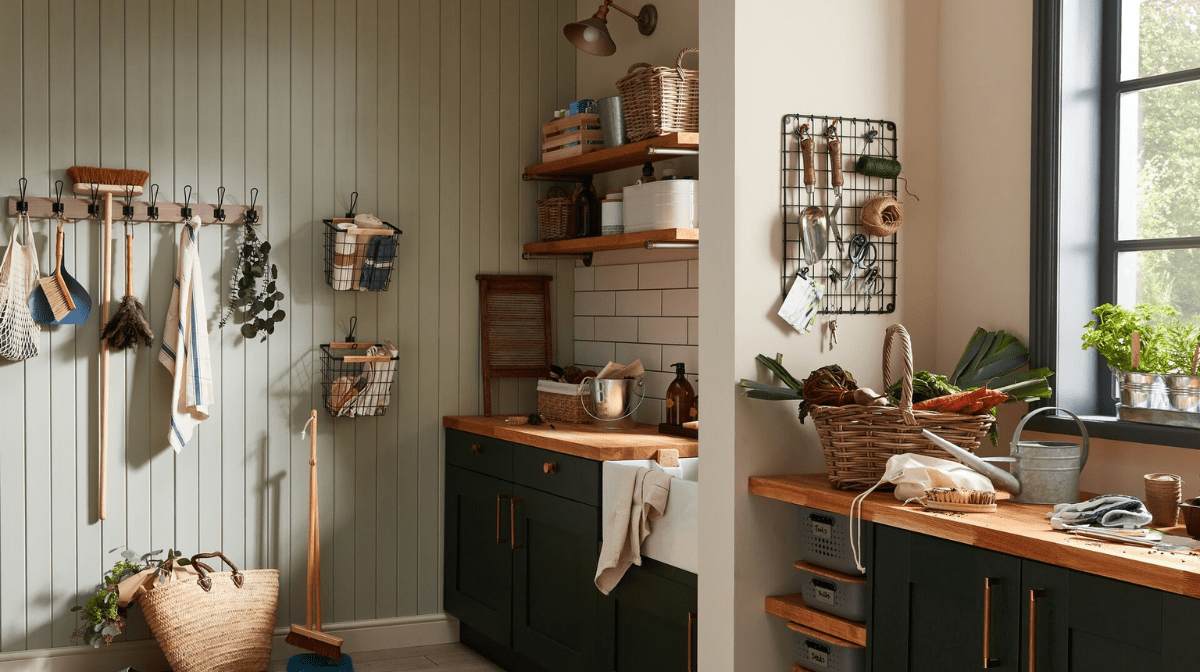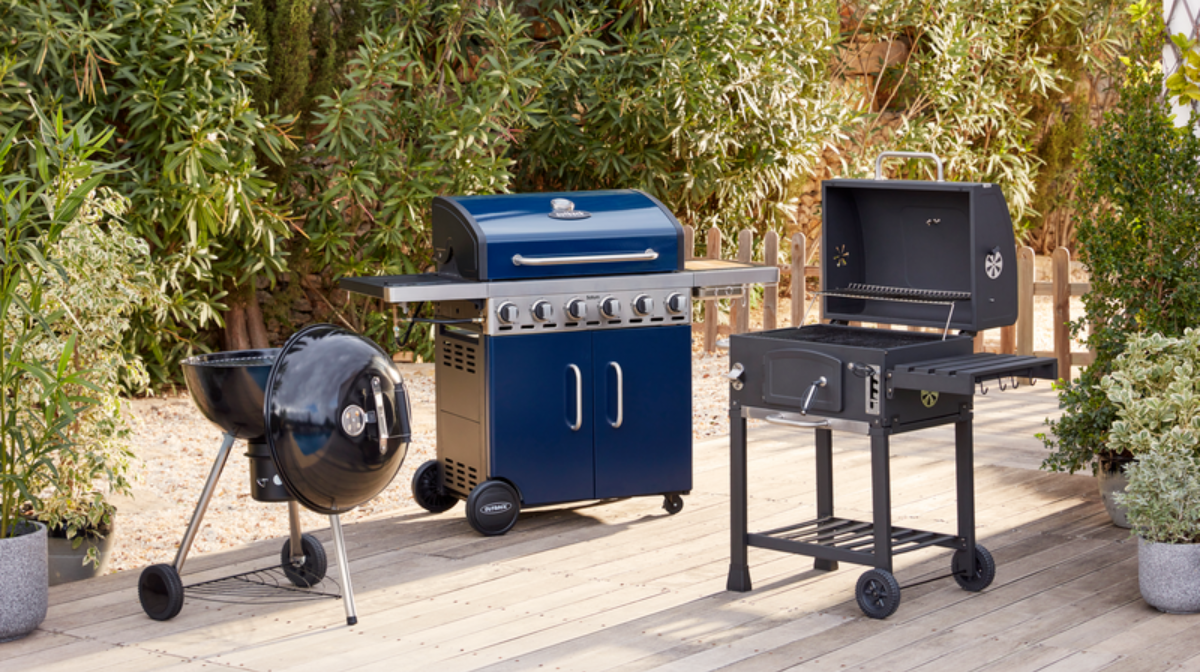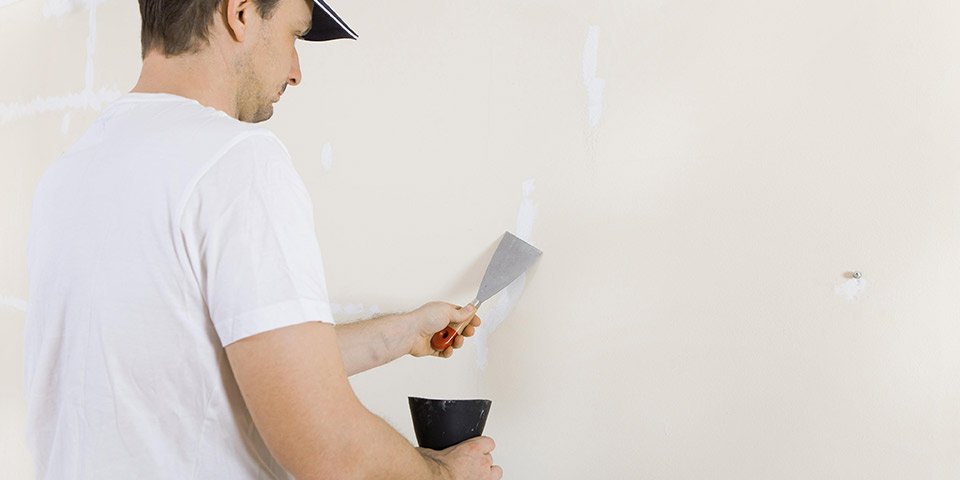If you’re looking to improve the energy efficiency of your home, checking that your loft is properly insulated is a great place to start. Having the right amount of loft insulation will make a huge difference by preventing heat loss through the roof.
Proper insulation can help you to cut your energy bills by up to 15%. You’ll be reducing your carbon footprint, as well as helping to keep you and your family warmer in cold weather. Loft insulation can also help to upgrade your home’s EPC (Energy Performance Certificate) rating, making your property more attractive to potential buyers.
When it comes to choosing the best insulation, there are a lot of options out there. In this expert buying guide, we’ll show you exactly what to look for.
How to choose loft insulation
For a visual aid, take a look at this handy video before you get started.
What are the different types of loft insulation?
Insulation can be made from synthetic or natural materials. Natural insulation is made from a cellulose fibre that mostly consists of shredded recycled paper. Synthetic products are made from a mineral fibreglass material. When it comes to which loft insulation is best, it will depend on the size of your space, your budget, and ease of installation.
Blanket insulation
Blanket insulation is a premium ‘encapsulated’ glass mineral wool product. Designed to provide excellent thermal insulation for pitched roofs at ceiling level, it’s usually put down in two layers. The first layer is fitted between the joists and the second at right angles on top of them.
Though traditionally made from sheep’s wool, modern blanket insulation is manufactured from a lightweight mineral wool. It’s really easy to cut to size and install. You’ll find that it usually comes covered in a part-metallised polythene film. This film reflects heat and prevents skin irritation when you’re laying it. Blanket wool insulation should always be laid silver side up for the best results.
Combi-roll
Combi-roll is a flexible glass mineral wool quilt that’s light, flexible, resilient and non-combustible.
Typically, rolls are 1140mm wide and partially perforated to produce either two rolls 570mm wide or three rolls 380mm wide. This makes it ideal for use between 400mm or 600mm ceiling joists.
Combi-roll is mainly used for the thermal insulation of pitched roofs at ceiling level, but you can also use it to insulate floors and partitions, or wherever a lightweight mineral wool quilt is needed.
When you’re insulating at ceiling level, you usually lay in two layers. The first layer sits between the joists and the second at right angles over the top of it. Combi-roll is available in long lengths, making it really quick and easy to install. It can be laid in its full width or torn along pre-made perforations to fit between joists.
Although synthetic, our fibreglass insulation products don’t contain CFCs, HCFCs or any other material associated with ozone damage.
They’re also odourless, rot-proof, non-hygroscopic (don’t absorb moisture), and aren’t hospitable to vermin, fungi, mould or bacteria.
General purpose insulation
Thermawrap Easy Fit General Purpose Insulation is light, flexible and CFC and HCFC-free. It’s also very easy to install and is perfect for use as dry lining or to insulate suspended and floating floors.
Durable and 4mm thick, Thermawrap features high reflective foil facings on each side, which reflect heat, helping to keep houses warmer in winter and cooler in summer. It is also resistant to damp and condensation.
What are the benefits of loft insulation?
- Lower energy bills and great savings each year.
- It could upgrade your home’s Energy Performance Certificate (buyers will find a more energy-efficient home a more appealing prospect).
- You’re doing your bit against global warming and climate change, as your heating system will emit less CO2.
- Insulation offers sound absorption.
- Your home will be warmer in cold weather.
- Quick and easy installation.
Top tip: Visit our energy efficiency hub for more handy tips.
How easy is it to fit loft insulation?
Fitting loft insulation is a relatively easy DIY job that you can do in a single day. The most time consuming part of the job is usually clearing out the loft! Take a look at our guide on how to insulate your loft for a step-by-step tutorial.
Once you’ve finished insulating the loft, it’s a good idea to insulate your water tank and pipes to prevent them from freezing in cold weather. This is because insulated roof spaces are colder as they get less heat from below.
If you plan on using your loft space for storage, you will also need to fit raised insulation boards above your insulating material. Again, this is a simple task. Kits are available to buy containing everything you’ll need – including raised legs, cross beams, loft boards and screws.
How much loft insulation do I need?
UK building regulations recommend a minimum depth of 270mm of loft insulation, but you can use as much as you can fit in. Put simply, the thicker the layer of insulation, the more money you’ll save on your heating bills. Just make sure to allow for adequate ventilation to prevent damp.
Before you purchase your rolls of insulation, measure the area of your loft, the depth between your joists, and the height of the roof. This will help you to work out how many rolls you need.
What sort of clothing should I wear when installing loft insulation?
Synthetic insulation can cause skin irritation, so it’s really important to wear the right protective gloves, eye protection and a dust mask during installation.
How much does loft insulation cost?
The cost to insulate a loft is dependent on a few factors:
- The existing insulation
- The size of your loft
- The type of insulation you go for
- The depth of insulation you choose to install
As a rule of thumb, you should be able to insulate an average 3 bedroom semi to the minimum 270mm dpth for £200 – £300 (Dec 2014 figures) if you install it yourself. Your insulation will pay for itself by reducing your heating bills in around 2 years.
How can insulating my home help the environment?
A well-insulated house uses less energy to keep it warm, so less CO2 is released. (CO2, or carbon dioxide, is produced when fossil fuels are burnt to create energy.) Large amounts of CO2 and other greenhouse gases in the atmosphere have increased the rate of global warming. This causes the earth’s air and sea temperatures to increase and sea levels to rise. This in turn causes weather conditions to become increasingly severe – this is climate change. You can play your part in the campaign against it by insulating your home!
Top tip: Discover more ways to boost your home’s environmental credentials (and save a few pounds) with our top energy saving tips.
More tips for safe and effective insulation
Don’t forget the loft hatch! If you don’t insulate your hatch, warm air can be drawn up through it. Cut insulation to fit the hatch but make sure the edges are well draught-proofed.
Keep insulation away from ceiling lights (such as halogen downlights) to prevent overheating. Leave 150mm clearance around recessed ceiling lamps.
Lift electrical cables above loft insulation to avoid overheating. Don’t cover high-load cables, such as those leading to cookers, electric showers and storage heaters.
An insulated loft is a colder loft. This means that it’s important to insulate water tanks and pipes to prevent them from bursting in freezing temperatures.
And there we have it – our guide to choosing the best loft insulation and everything you need to know before you start installing. Share your own energy saving tips with us @Homebase_UK or visit our Ideas & Advice hub for more home and garden tips.










